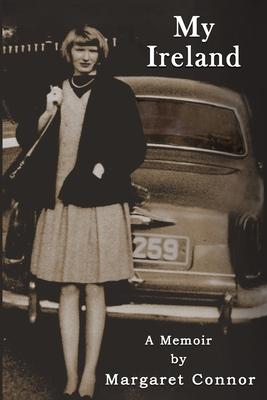My Ireland presents a factual and descriptive account of Ireland in the 1950s from the perspective of the author looking back on her early life in the country of her birth. Margaret's captivating and charming story renders a nostalgic picture of Ireland independent of the inequalities and poverty that existed there at that time. Her story concentrates, instead, on rural life with its wonderful sense of community meitheal (an Irish word that describes how neighbours came together to assist in a range of tasks such as the harvesting of crops). To a lesser extent, the author addresses the deep cultural divide of class and money as experienced in religion, education and professional opportunities. The book is structured chronologically, from Margaret's childhood to adolescence and from leaving home for Dublin, Ireland's capital city, and later to emigration. Beginning with family, the description of her father's passing is written from a child's viewpoint. This leads to a narrative on her mother, a unique and forthright woman for her day. The story increases in momentum as Margaret goes to work in Dublin. The newness and wonders of the city take her on an exploratory journey through theatres, shops and the banter of the street traders. Throughout the book are special moments in nature and traditional Irish song and verse.

My Ireland presents a factual and descriptive account of Ireland in the 1950s from the perspective of the author looking back on her early life in the country of her birth. Margaret's captivating and charming story renders a nostalgic picture of Ireland independent of the inequalities and poverty that existed there at that time. Her story concentrates, instead, on rural life with its wonderful sense of community meitheal (an Irish word that describes how neighbours came together to assist in a range of tasks such as the harvesting of crops). To a lesser extent, the author addresses the deep cultural divide of class and money as experienced in religion, education and professional opportunities. The book is structured chronologically, from Margaret's childhood to adolescence and from leaving home for Dublin, Ireland's capital city, and later to emigration. Beginning with family, the description of her father's passing is written from a child's viewpoint. This leads to a narrative on her mother, a unique and forthright woman for her day. The story increases in momentum as Margaret goes to work in Dublin. The newness and wonders of the city take her on an exploratory journey through theatres, shops and the banter of the street traders. Throughout the book are special moments in nature and traditional Irish song and verse.